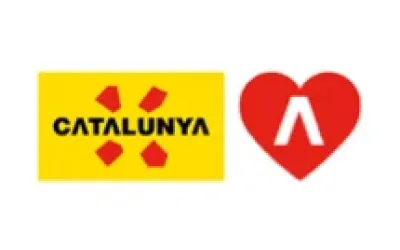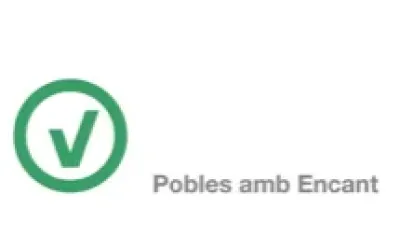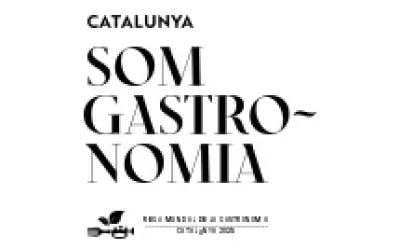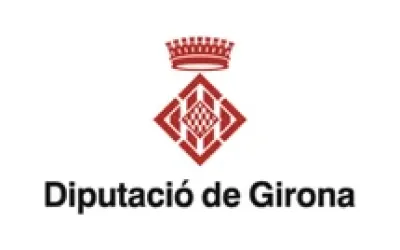Medieval elements of Vulpellac
The old quarter was declared in 2009 by the Directorate General of Heritage of the Generalitat as a cultural asset of national interest in the historical group category. The town is made up of an old town with great architectural interest, which is structured around the elements that make up the castle-palace and the parish church of Sant Julià and Santa Basilissa.
.jpeg)
The elements conserve a good part of the characteristics that are typical of the medieval Catalan towns. According to the text from the Government's agreement, the town "articulates throughout its grounds, a series of routes and spaces of architectural interest that invite contemplation and intrigue through the old town of this municipality", which "makes the integration and preservation of these historic elements especially necessary".
The parish church of Sant Julià and Santa Basilissa is the old chapel of the castle. The current building dates from the 16th century, with a late Gothic style, with Renaissance and fortified details. At the front, part of a late-medieval necropolis was excavated with anthropomorphic tombs and slabs that also extended below the temple and the subsoil of the castle, where there is a fragment of a decorated sarcophagus. Remnants have been found of the previous church, which could be Romanesque.
The castle-palace, for its part, largely maintains the essential structure of the 14th century, with numerous reforms from the first half of the 16th century, carried out by order of Miquel Sarriera, which affected the interior layout and decoration. By the year 1725, there were other reforms and later, the building was converted into a farmer's house. It is a two-storey building made up of three ravines, which, together with the church, frame a small interior patio with a trapezial area. In 1931 it was declared a national monument.
In the vicinity of the church and the palace there are scattered remnants of the wall, some remains of which are found in the houses of the village. The most well-preserved element is the north-east tower-portal, with a square floor plan and a sloping door. Another cylindrical tower to the south-west of the village is preserved, fitted between the houses.
There are some 17th and 18th century buildings that are of remarkable interest in terms of popular architecture on the northern alleyways in the Main Square, located outside the walls and in the main street, and where there are houses with voussoir portals, shields and some decorated windows. In the mountainous part of the municipality there are small areas with pine trees and holm oaks, and vineyards and olive groves. In the rest of the fields, mainly dry land, cereals, fodder and legumes are planted. There is a small sector with irrigation, which uses groundwater, dedicated to vegetables, corn and fodder. Poultry farms and breeding of beef and pork, with some derivative industrial activities, complete the economy.













